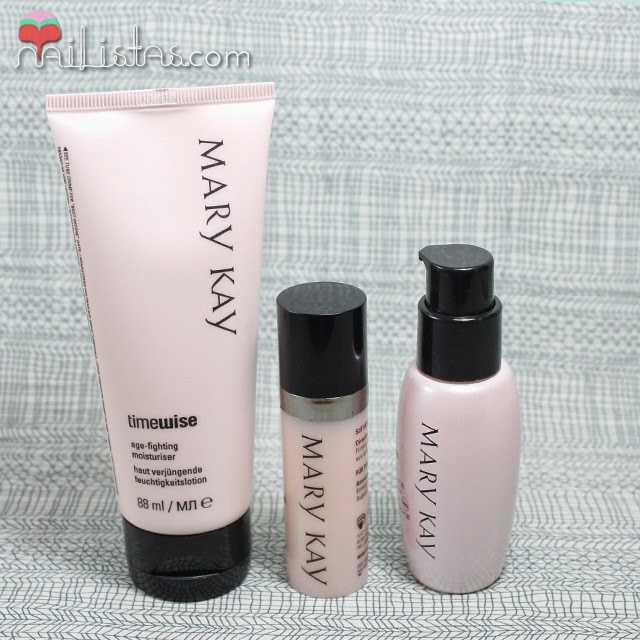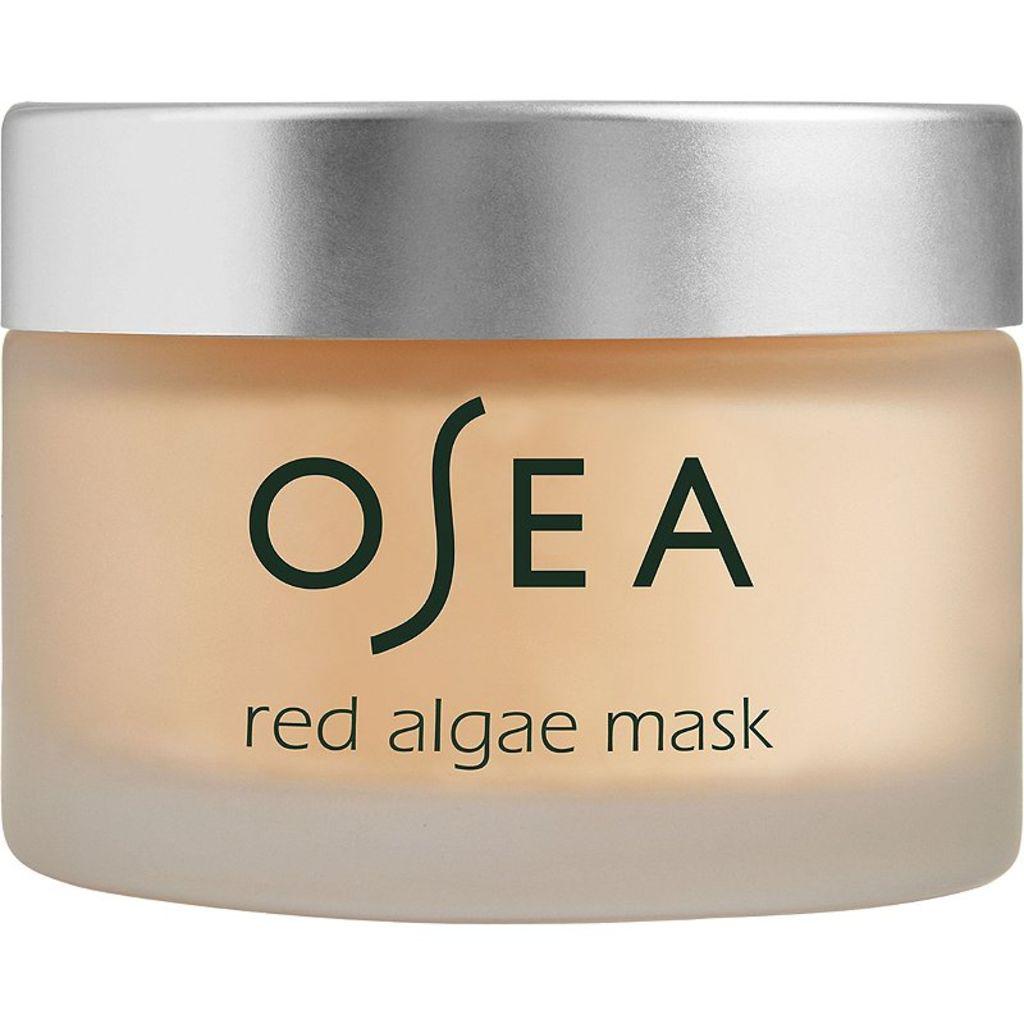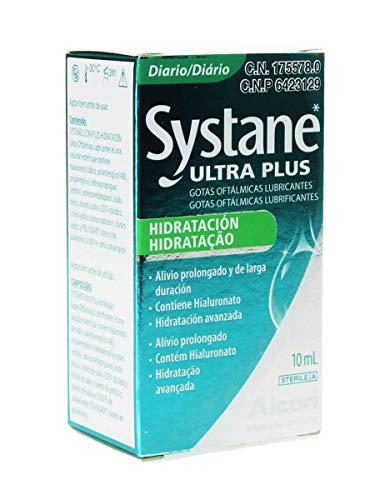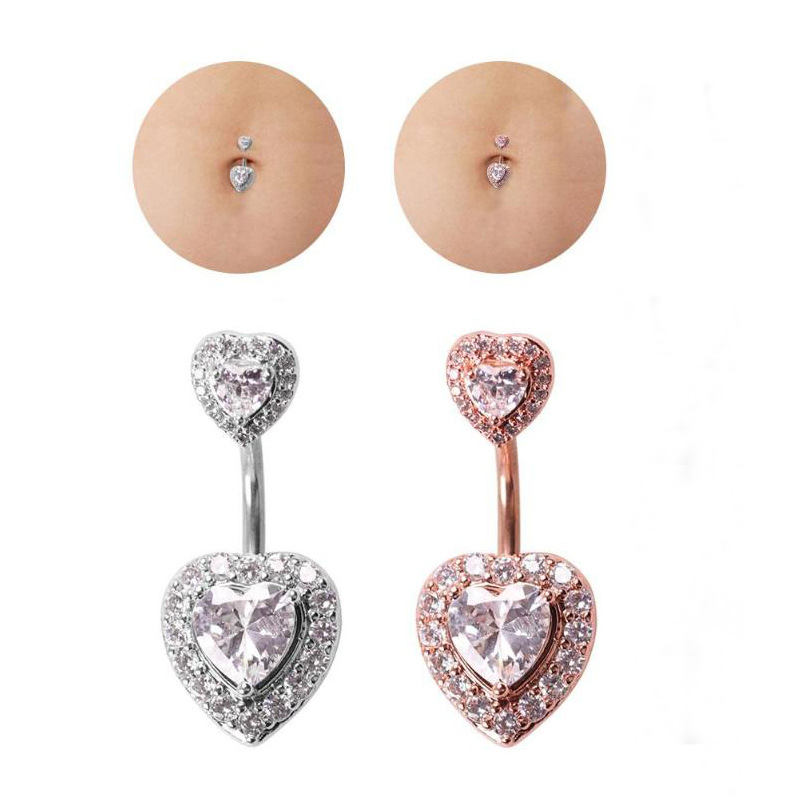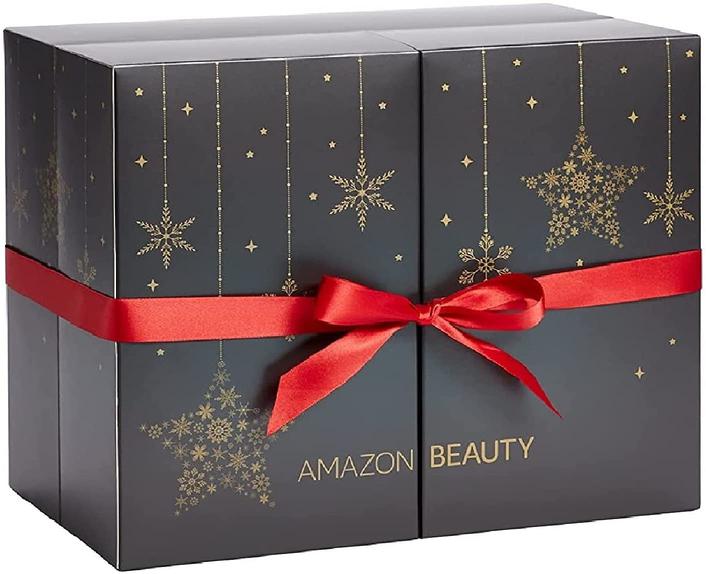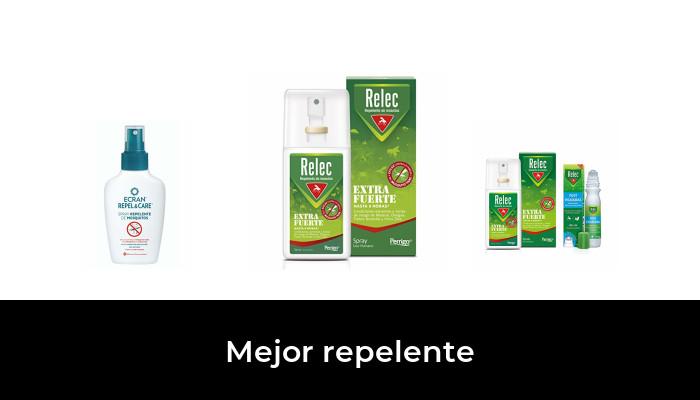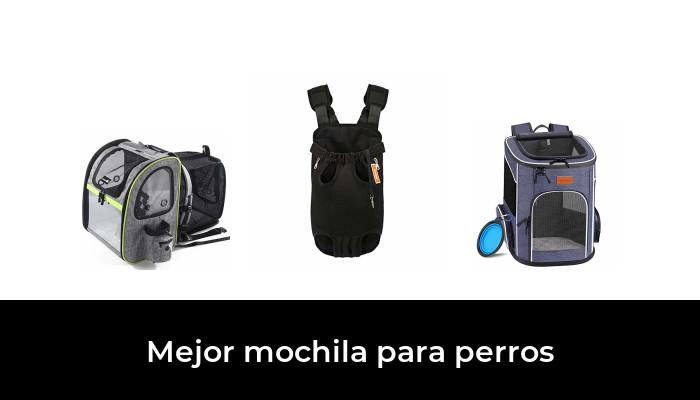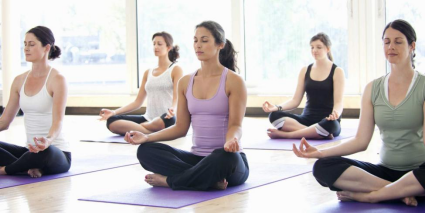Lanolin, what it is, uses and benefits for skin and hair
- Home
- Beauty and well-being
- Aesthetic treatments< /li>
Written by:
Natalia Castejon
Journalist specializing in healthy living
Updated: March 26, 2021
This dense yellow substance, similar in appearance to Vaseline, has its origin in sheep, specifically in their sebaceous glands, which produce it to insulate the skin of these animals from adverse meteorological phenomena, such as rain, wind or the cold.
Alex Corella and Pilar Rivas, members of the Board of the Spanish Society of Cosmetic Chemists (SEQC), explain to us that: “Its composition is complex and consists of a mixture of high molecular weight esters, fatty acids, and alcohols aliphatic, steroidal or triperpenoid in nature. The amount of fat obtained from the wool is 10% of the total weight of the sheep's wool.
It is important to note that the animals do not suffer at any time to obtain this substance, since it is extracted from the water from the washing of the wool once they have been sheared. This resulting substance is properly processed and purified to be used in the pharmaceutical or cosmetic sector, as it has a large number of applications.
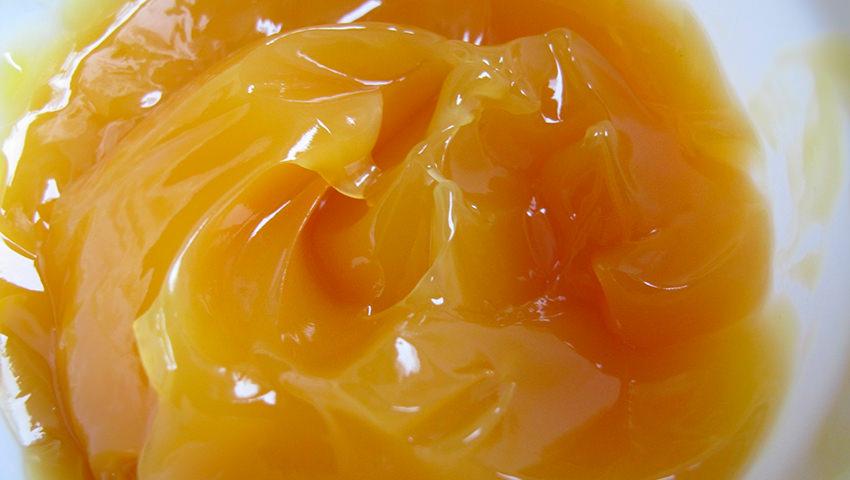
ADVERTISING
Properties of lanolin for skin and hair
Surely you have already used this substance in one of the products you have on your shelves, even if you don't know how to identify it. And it is that, normally, lanolin is included in body and facial creams, in lip moisturizers and is even one of the main ingredients in creams to treat dryness and cracks in the nipples, which occur during breastfeeding. In hair cosmetics it has the function of providing lubricity and shine to the hair and in decorative cosmetics it helps prevent lipsticks from crystallizing.
Gema Herrerías, in her book The Definitive Guide to Skin Care, indicates that lanolin is an emollient substance – it acts as a lubricant on the skin, giving it a soft and smooth appearance – and an occlusive substance – it prevents or slows down evaporation of water on the skin's surface. All this improves the hydration of the epidermis and protects it, especially in the cold of the winter months.
In addition, Alex Corella and Pilar Rivas explain that lanolin has a certain emulsifying capacity and a very low chemical reactivity, making it very stable and compatible in all types of cosmetic formulations. It also has a high cholesterol content, they explain, which is why it is considered a wax of animal origin that creates a layer on the skin that protects it while allowing it to breathe.
A study, published in the journal Clinical Medicine & Research, concluded that lanolin helped reduce transepidermal water loss by 20%-30%. This water retention in the skin gives it a plumper, plumper appearance, which can reduce the appearance of small wrinkles or fine lines.
We are looking for nominees to our Board of Directors!If you are a member, 18 or older, and interested in the cha… https://t.co/9GHSK7t7Xs
— Fusion Credit Union Wed Feb 03 16:00:01 +0000 2021
ADVERTISING
Moisturizing lip balms are one of the cosmetic products that usually include lanolin among their ingredients. What's more, a study published in the Journal of Applied Oral Science showed that this substance is beneficial for people undergoing chemotherapy treatments, as it reduces lip dehydration and dryness.
Does lanolin have risks of use?
Alex Corella and Pilar Rivas are clear about it, they tell us that lanolin is a very safe ingredient with a low toxicity profile. As they explain, there is controversy about the allergenic potential of this substance and of some of its main components, such as wool alcohols, although there is still no consensus on the matter.
A possible explanation for the reported cases of contact allergies to lanolin could be due to the fact that this raw material has a very complex composition and, depending on the source of origin and purification, different compounds may occur, some of which may be sensitizers.
ADVERTISING
Experts in cosmetic chemistry alert us that the main limitation in the use of lanolin is its own nature of animal origin, incompatible with vegan cosmetics, which is increasingly in demand. Currently there are more and more alternatives of plant origin that have properties similar to lanolin, so in recent years its use in cosmetics has been declining.
Created: November 27, 2020

![47 best antiage nutritive cream in 2022 [based on 326 reviews]](https://website-google-hk.oss-cn-hongkong.aliyuncs.com/drawing/article_results_6/2022/2/27/1918fc37c66ad30564173e69d9df88a0.jpeg)
